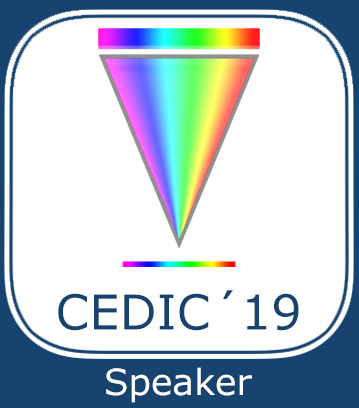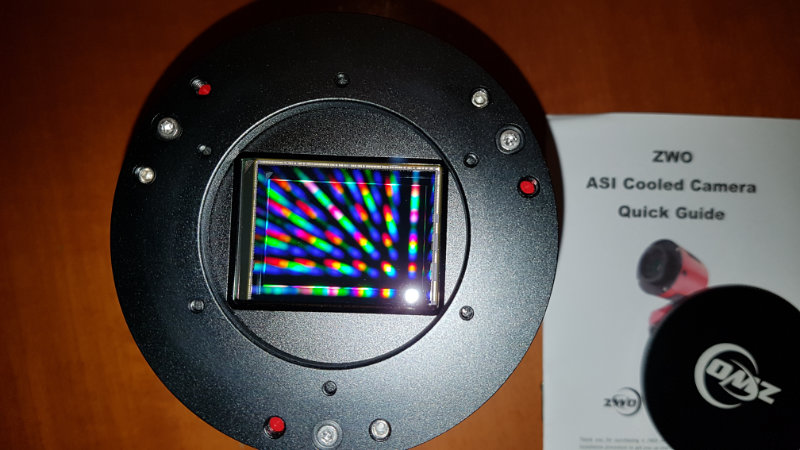Article translations
- Dettagli
- Visite: 14282
Many of the astrophotographers of my generation, after passing through analog photography, approached digital astrophotography for the first time thanks to CMOS sensors.
Only a few, in fact, could afford the first cooled CCD sensors for astronomy: they werw expensive, small and difficult to use, reserved for professionals or advanced amateurs.
At the beginning of the 2000s, however, began to spread the first digital cameras at affordable prices for the general public and the astrophotographers began to use it to image the night sky.
These digital sensors, based on CMOS technology, certainly did not have the rigorously scientific imprint and dynamic range of CCDs, but they did allow to acquire quality digital images at a fraction of the price of a cooled CCD.
In thes way began my adventure in digital astrophotography: after a brief interlude with webcams (the legendary Vesta Pro and its little daughter Toucam), in 2008 I switched to a Canon 350D, modified with a Baader filter to extend the range in red.
However, my final goal, was to purchase a monochrome CCD equipped with color and narrowband filters, so shortly after I switched to SBIG CCD Camera.
In recent years, however, the trend is changing: CCD technology has reached a certain maturity and has no longer shown the great evolution of the first years, conversely CMOS technology has continuously evolved, filling the gap with CCD.
This why I was very curious to try one of the new CMOS sensors for astronomy.
The opportunity came thanks to Marco Rigo - Astrottica who gave me the current ZWO flagship: the color version of the ASI 6200.
- Dettagli
- Visite: 13723
On Monday June 22nd 2015 The Astroimaging Channel proposed an image processing challenge (read here) based on a set of RGB images of the Markarian chain.
This was the challenge:
1. Gradient Removal while preserving star color.
A few months back, I wanted to try imaging my blue channel high up in the sky. It didn't work out as planned and I have a terrible gradient through the image. I've been able to get rid of the gradient, but it leaves a bad color cast through my stars. The challenge is to remove the gradient and preserve the star color.
- Dettagli
- Visite: 30524
Recent observations of comet C/2013 R1 Lovejoy showed the presence of characteristic structures in the vicinity of the jet fake comet's nucleus.
Such structures can be explained by the presence of collimated jets of gas and dust emitted from the surface of the comet nucleus.
This article attempts to interpret some observations in order to create a kinematic model of the comet's nucleus.
- Dettagli
- Visite: 7137
As every astrophotographer knows, one of the great fulfillments, for those who loves sharing images, is having an image publushed on NASA APOD (Astronomy Picture Of theDay) website .




